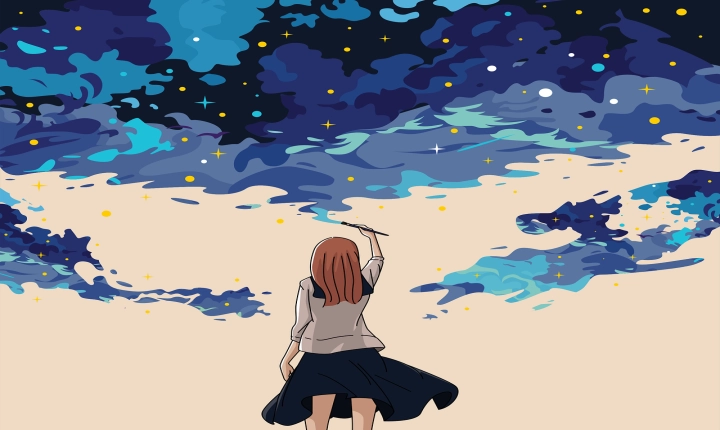AI Artwork: A New Wave of Creativity
Artificial intelligence (AI) has revolutionized industries across the board, and the world of art is no exception. With advancements in machine learning and deep learning algorithms, AI has started creating artwork that challenges traditional notions of creativity and aesthetics. From generative art to style transfer, AI has opened up new possibilities for artistic expression and creativity.
One of the most prominent forms of AI artwork is generative art, which involves using algorithms to create unique and original artworks. These algorithms can produce stunning visuals, ranging from intricate patterns to mesmerizing abstract compositions. Generative art blurs the line between man and machine, allowing for a collaboration between human creativity and computational power. Artists and technologists alike are leveraging generative art to produce compelling pieces that capture the imagination of viewers.
Style transfer is another exciting application of AI in the art world. By leveraging neural networks, AI can transform an image into different artistic styles, mimicking the techniques of renowned artists or reimagining scenes in entirely new ways. This process enables artists to explore new perspectives and experiment with various artistic styles, pushing the boundaries of traditional art forms.
The emergence of AI artwork has sparked discussions about the role of the artist in the creative process. While some argue that AI-generated art lacks the emotional depth and intentionality of human-created art, others see it as a reflection of the collaborative potential between humans and technology. AI can generate novel ideas and compositions that may not have been conceived by human artists, pushing the boundaries of creativity and innovation.
Furthermore, AI artwork has the potential to democratize the art world by providing accessible tools for individuals to explore their creativity. With user-friendly AI platforms and software, aspiring artists can experiment with AI-generated art, regardless of their technical expertise or artistic background. This accessibility has the power to democratize the art world and make creativity more inclusive and diverse.
However, as with any technological advancement, AI artwork also raises important ethical questions. Who owns the rights to AI-generated art? How do we address issues of attribution and authorship? These are complex questions that the art world is grappling with as AI continues to influence artistic creation.
In conclusion, AI artwork represents a new wave of creativity that challenges traditional notions of artistic expression and creativity. From generative art to style transfer, AI is transforming the way we think about art, providing opportunities for innovation, collaboration, and inclusivity. As AI continues to evolve, its impact on the art world is undeniable, and it will be fascinating to see how artists and technologists continue to explore the possibilities of AI-generated art.
